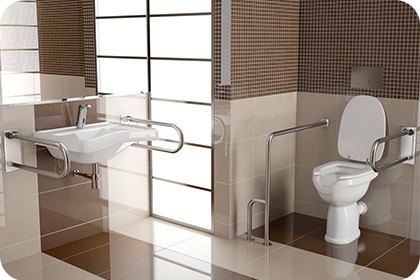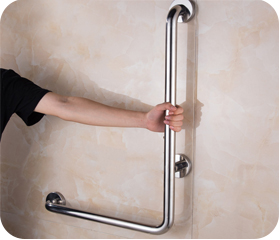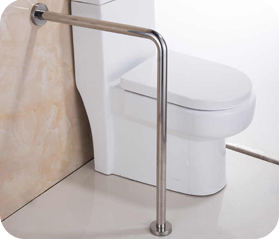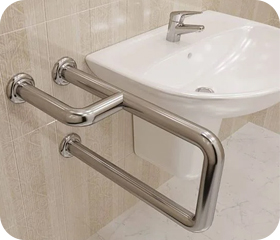Today there are four groups of people with disabilities in Ukraine. In group 1A and 1B, people are fully or partially dependent on the help of others and cannot serve themselves independently. The second and third types of disability are not given on a lifelong basis, unlike the first two, and patients are forced to undergo a medical and sanitary examination from one to three years. After its expiration, they can extend the disability or make it indefinite.
From 2002 to 2004, a worldwide study on health issues was conducted in 59 countries. According to the data obtained, 650 million people had disabilities, of which only 92 million were severely disabled. The rate of such patients was significantly higher in low-income countries.
The Convention on the Rights of Persons with Disabilities was adopted by the UN General Assembly in 2006, and entered into force in 2008. Ukraine is actively implementing the points of this document into its legislation in order to comply with European standards.
According to the regulatory requirements of the shopping center, shops, pharmacies and other public places should be equipped with ramps, and a specially equipped cabin with handrails for low-mobility groups of the population is placed in the bathrooms.
Without these handrails can not do:
- people with disabilities of different groups, including visually impaired
- elderly people
- late-term pregnant women
- the presence of temporary health problems – limb fractures and other diseases that hinder movement
In stores and shopping malls, in addition to ramps, handrails should also be installed in restrooms. They are needed so that a person with disabilities can cope independently without outside help. The handrails are installed at a comfortable height from the floor and must be strong to withstand a certain weight load. Stainless steel handrails are installed in public places.
 Toilet handrails come in different variants depending on the needs of a person with disabilities, for example:
Toilet handrails come in different variants depending on the needs of a person with disabilities, for example:
- L-shaped handrail
- folding
- a handrail that can be attached to the floor or wall (for those who do not have a load-bearing wall nearby)
- straight handrail (who does not have serious problems with the musculoskeletal system and the toilet is next to the wall)
Almost all of these handrails should be installed on load-bearing walls. This is important because they take on the burden of body weight. Straight handrails are mounted near the bathroom. It is necessary to choose such a diameter of the handrail so that the hand can securely grasp it and not slip off. An L-shaped handrail can be installed in the shower area for additional support
There are many options for handrails for sinks, it all depends on the needs of a person, because there are wheelchair users and there should be reliable support for them and people without such restrictions, but who need additional support. You can install two folding handrails on the sides of the sink to save space. The handrails are easily lifted up or a U-shaped handrail under the washbasin, which is attached to the wall and located around the sink, serves as a convenient support on three sides. Such handrails can be installed both at home and in public places. There is an option to install straight handrails in a vertical position from the sink.



Wall supports will be indispensable for those who find it difficult to squat and get up from their seats. These supports are installed in those places in the bathroom where additional support is needed. They make it possible to move safely and reduce the likelihood of injury in a fall. First of all, these handrails are placed in the toilet, in the bathroom or in shared bathrooms. Fasteners are attached to the set of handrails to ensure reliable fixation. The advantage of handrails is their reliability, practicality and safety. They are installed at home, in office centers, shopping malls, hospitals and places for rehabilitation after injuries and illnesses.